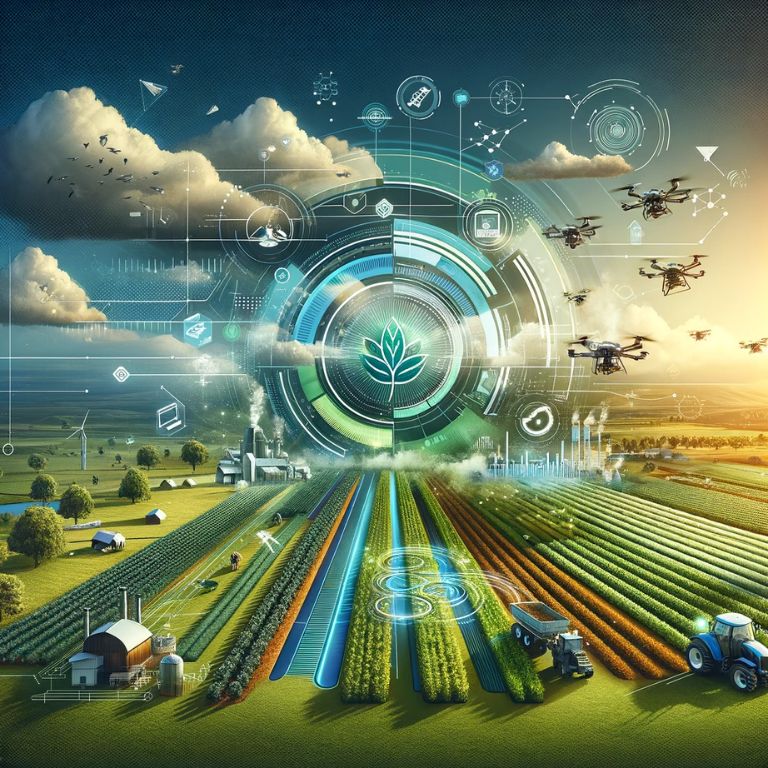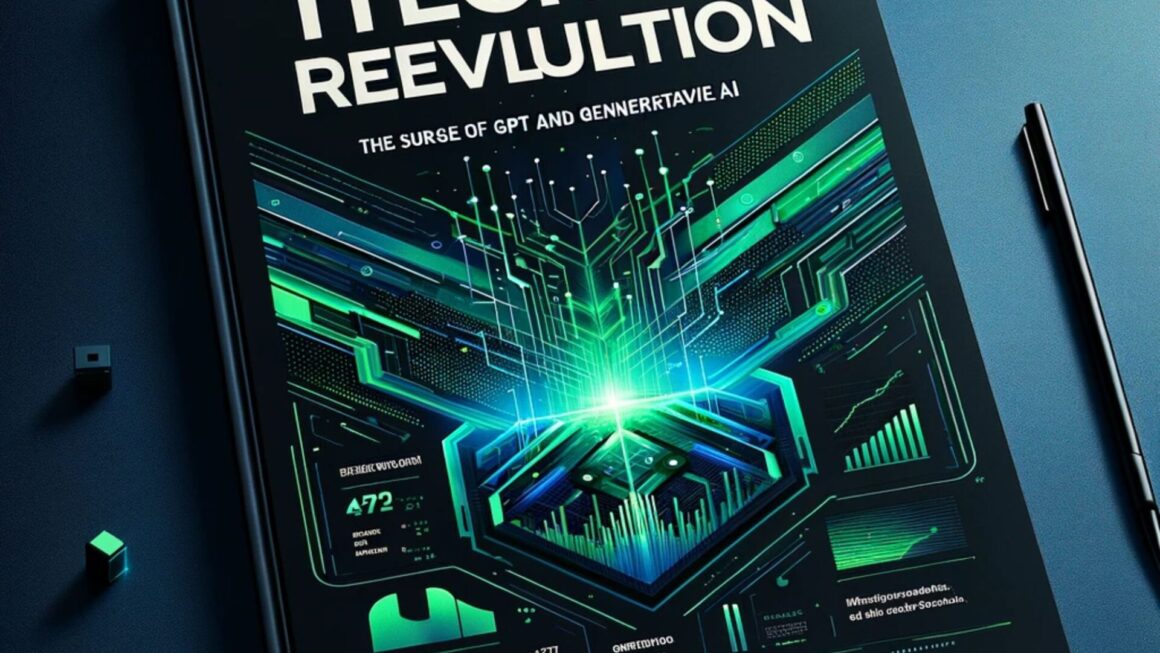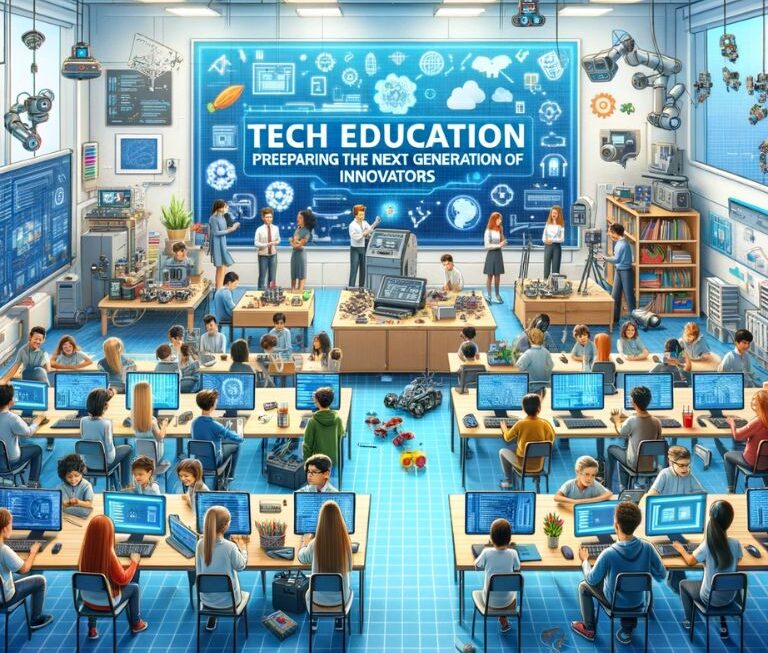The advent of precision farming marks a transformative era in agriculture, leveraging cutting-edge technologies to cultivate crops more efficiently and sustainably. This approach, underpinned by data-driven decision-making, optimizes the use of resources such as water, fertilizers, and pesticides, thereby improving crop yields while minimizing environmental impacts.
The Role of GPS and Sensors in Agriculture
Precision farming heavily relies on GPS technology and a network of sensors. These sensors are strategically placed across fields to collect a plethora of data points, ranging from soil moisture and nutrient levels to environmental conditions like temperature and humidity. This real-time data is invaluable, allowing farmers to make informed decisions about the precise timing and amount of resources needed for different sections of their fields.
Drones: The Eye in the Sky
Drones, equipped with advanced imaging capabilities, have become an integral part of precision agriculture. They provide a bird’s-eye view of the fields, enabling farmers to monitor crop health, assess the effectiveness of their farming practices, and quickly detect issues such as water stress or pest infestations. The imagery and data gathered by drones are often analyzed using sophisticated algorithms, offering insights that guide farmers in optimizing their crop management strategies.
Minimizing Environmental Impact
One of the most significant benefits of precision farming is its potential to reduce environmental impact. By applying resources like water, fertilizers, and pesticides more judiciously and only where necessary, precision farming helps in reducing runoff into nearby water bodies and lowers the overall ecological footprint of agricultural practices. This targeted approach not only conserves resources but also supports sustainable farming practices.
Enhancing Crop Yield and Quality
The precise application of resources and timely interventions enabled by precision farming technologies lead to a notable improvement in both crop yield and quality. Farmers can achieve a more consistent and higher-quality harvest by addressing the specific needs of their crops, tailored to the unique conditions of different areas within their fields.
The Emergence of Smart Farming with IoT and Robotics
The second revolution in agriculture, driven by the Internet of Things (IoT) and robotics, is redefining the landscape of farming. This technological leap forward is not just about automation; it’s about enabling a more intelligent, connected, and responsive farming system.
Internet of Things (IoT) in Agriculture
IoT has brought a new dimension to agriculture by connecting various devices and sensors across the farm. These sensors collect and transmit data on various parameters such as soil moisture, temperature, crop health, and more. This data is then analyzed to provide actionable insights. For instance, IoT-enabled soil sensors can measure nutrient levels and moisture content, helping farmers make precise decisions about irrigation and fertilization.
The integration of IoT in agriculture has led to what is often referred to as ‘smart farming’. This approach allows farmers to monitor and manage their operations remotely, making agriculture more efficient, productive, and sustainable.
Robotics Transforming Farm Labor
Robotics is another frontier radically transforming agriculture. These advancements range from autonomous tractors that can plow, sow, and harvest without human intervention, to drones that can spray pesticides and fertilizers. There are also specialized robots capable of performing tasks like weeding, pruning, and even harvesting specific crops.
These robotic systems, often equipped with advanced sensors, computer vision, and machine learning algorithms, can perform tasks more accurately and consistently than human labor. They also work tirelessly, which is a significant advantage in labor-intensive farming tasks.
Benefits of IoT and Robotics
- Increased Efficiency: Automation of repetitive and labor-intensive tasks.
- Precision and Accuracy: Enhanced accuracy in tasks like planting, irrigation, and harvesting.
- Data-Driven Insights: Real-time monitoring and analysis lead to better decision-making.
- Resource Optimization: Efficient use of water, fertilizers, and pesticides.
- Sustainability: Reduced environmental impact through precise and controlled operations.
Innovations in Controlled Environment Agriculture: Vertical Farming
As global populations grow and urban spaces expand, traditional agricultural practices face significant challenges. Enter vertical farming, a revolutionary approach that reimagines agriculture for the modern era. This innovative method leverages controlled-environment agriculture techniques to grow crops in vertically stacked layers, often within urban settings.
The Concept of Vertical Farming
Vertical farming involves growing crops in stacked layers, typically indoors, using controlled environment agriculture (CEA) techniques. This method makes efficient use of limited space and can significantly reduce water usage compared to traditional farming methods.
Key Features of Vertical Farming
- Controlled Environment: Vertical farms are often housed in buildings, containers, or specially designed structures where factors like temperature, humidity, and light are precisely controlled. This ensures optimal growing conditions year-round, regardless of external weather conditions.
- Advanced Lighting: Artificial lighting, often LED-based, is used to provide the necessary light spectrum for plant growth. This lighting can be tailored to the specific needs of different crops, enhancing growth rates and yield.
- Hydroponics and Aeroponics: These soilless farming techniques are commonly used in vertical farming. Hydroponics involves growing plants in nutrient-rich water, while aeroponics suspends roots in the air, misting them with nutrients. Both methods are highly water-efficient.
- Reduced Resource Use: Vertical farming drastically reduces water usage – by up to 70-95% compared to traditional farming. It also eliminates the need for pesticides and herbicides, as the controlled environment wards off pests and diseases.
Benefits of Vertical Farming
- Year-Round Crop Production: Enables consistent production regardless of seasonal changes.
- Urban Agriculture: Brings food production closer to urban consumers, reducing transportation costs and carbon footprint.
- Water Conservation: Uses significantly less water than conventional agriculture.
- Sustainable and Organic Production: Eliminates the need for chemical pesticides and fertilizers.
- Space Efficiency: Maximizes crop yield per square meter, crucial in densely populated areas.
Harnessing AI and Machine Learning for Enhanced Agricultural Outcomes
The integration of Artificial Intelligence (AI) and Machine Learning (ML) in agriculture is not just a trend but a significant evolution, driving the sector towards unprecedented efficiency and productivity. These technologies offer powerful tools for analyzing complex datasets, providing predictive insights and actionable intelligence to farmers.
AI and ML in Agricultural Data Analysis
AI and ML algorithms are adept at processing vast amounts of data, including satellite imagery, sensor data, weather patterns, and market trends. This comprehensive analysis can yield insights that are beyond the scope of human capability. For instance, AI can predict optimal planting times and crop varieties suited to specific environmental conditions, thereby maximizing yields.
Predictive Capabilities of AI
One of the most transformative aspects of AI in agriculture is its predictive capability. AI systems can forecast weather patterns, pest invasions, and disease outbreaks, allowing farmers to take preemptive actions. This not only saves crops but also minimizes the use of pesticides and other interventions, leading to more sustainable farming practices.
ML in Crop and Soil Health Monitoring
Machine learning algorithms are instrumental in monitoring crop and soil health. By analyzing data from various sources, these algorithms can detect nutrient deficiencies, water stress, and disease symptoms in crops. This enables farmers to address issues promptly, ensuring the health and productivity of their crops.
AI-Driven Automation
AI is also revolutionizing agricultural machinery and equipment. Autonomous tractors and harvesters, guided by AI, can operate with high precision, reducing labor requirements and enhancing productivity. Drones equipped with AI can perform various tasks, such as spraying pesticides and monitoring crop health, with greater accuracy and efficiency.
Enhancing Decision Making
The integration of AI and ML in agriculture empowers farmers with data-driven decision-making capabilities. Instead of relying on intuition or traditional practices, farmers can make informed decisions based on accurate, real-time data. This shift not only improves farm productivity but also contributes to resource conservation and environmental sustainability.
Overcoming Challenges and Future Prospects
While AI and ML offer significant benefits, challenges such as the high cost of technology, data privacy concerns, and the need for technical expertise to manage these systems persist. However, as technology evolves and becomes more accessible, these challenges are gradually being addressed.
The future of AI and ML in agriculture looks promising, with ongoing advancements expected to further refine these technologies and make them more accessible to farmers worldwide. The potential for increased efficiency, sustainability, and productivity is enormous, making AI and ML integral to the future of agriculture.




